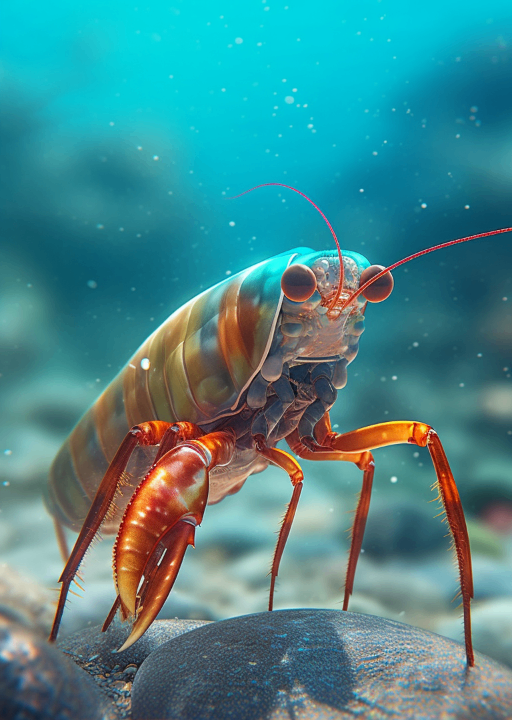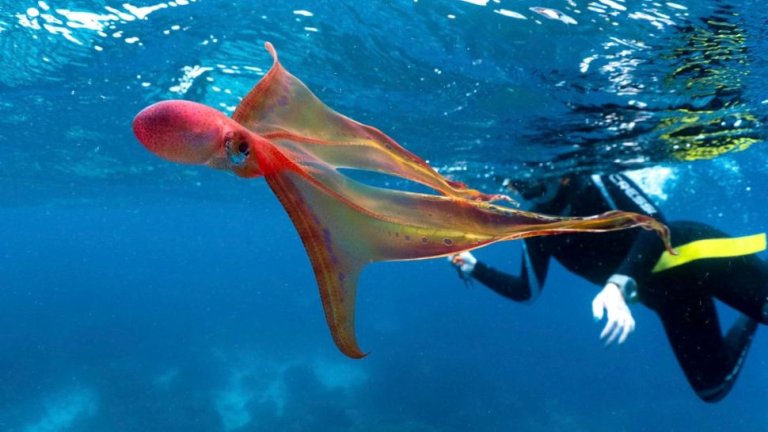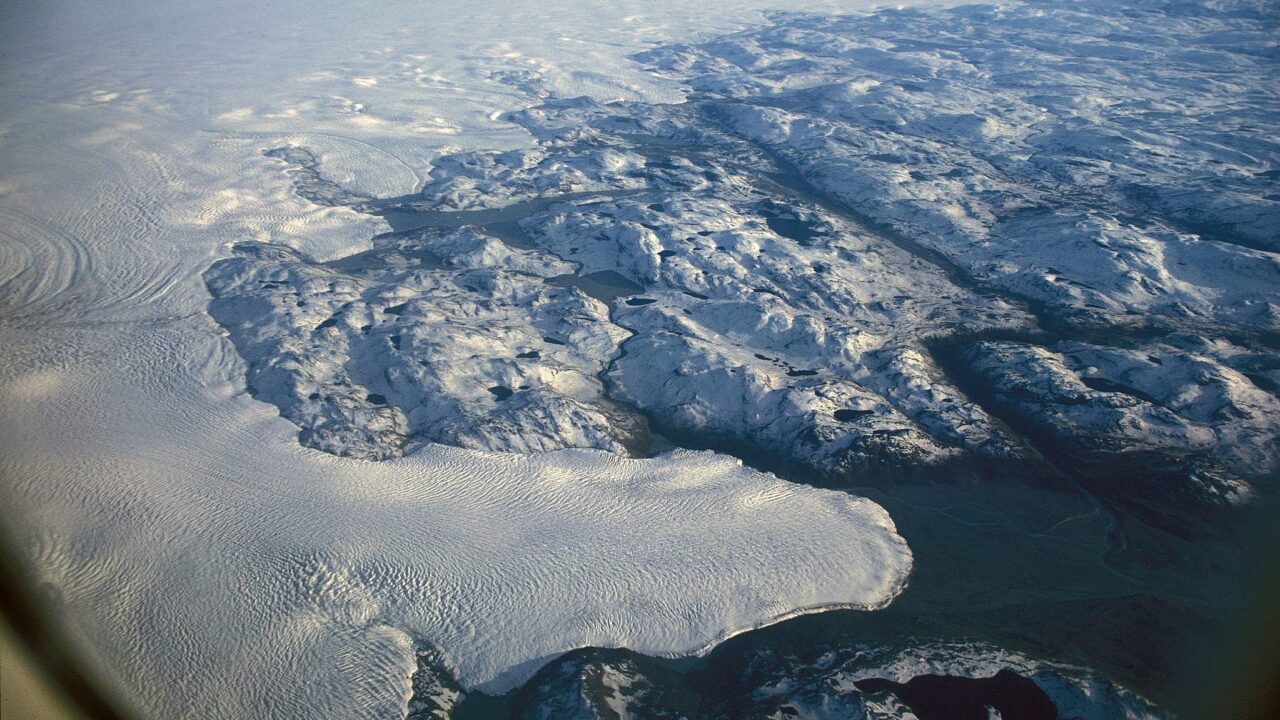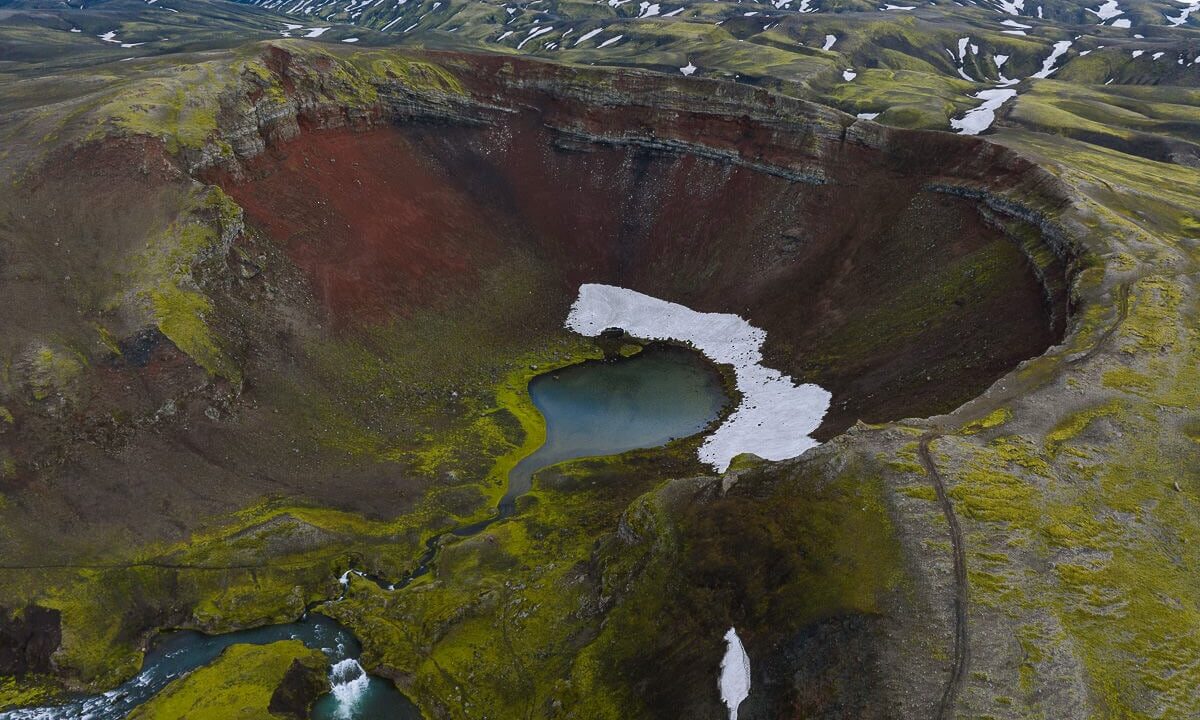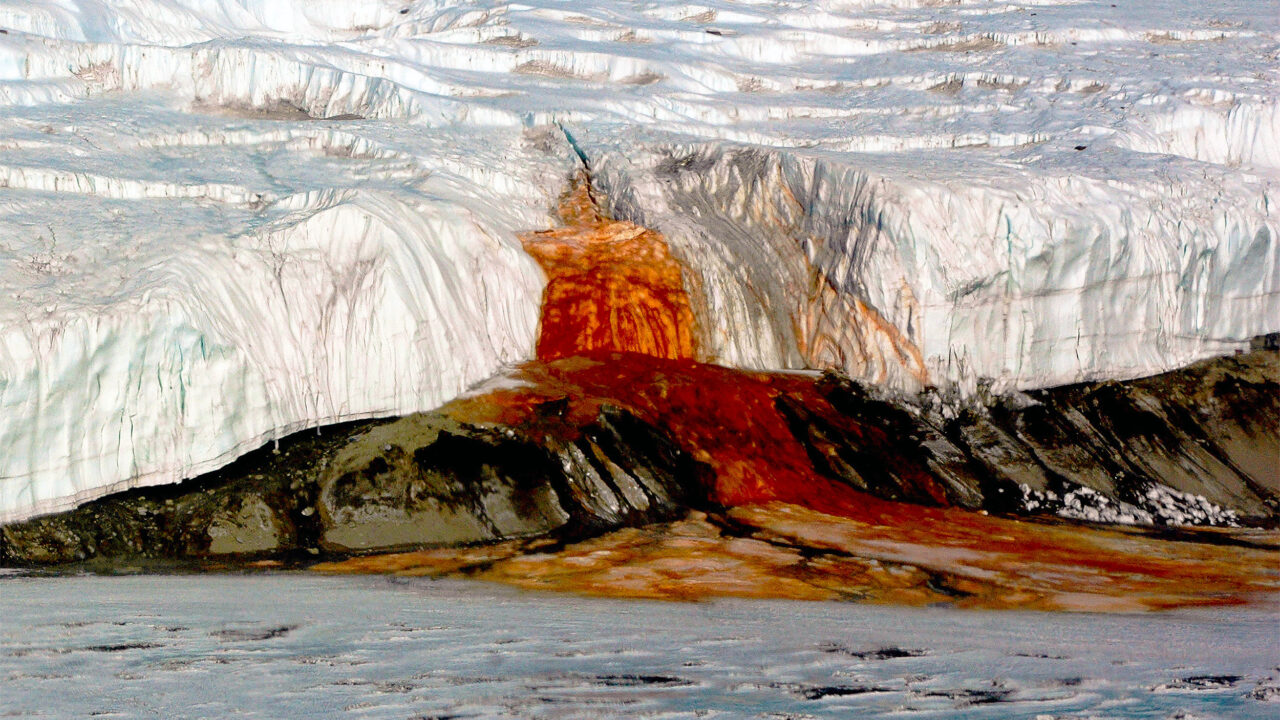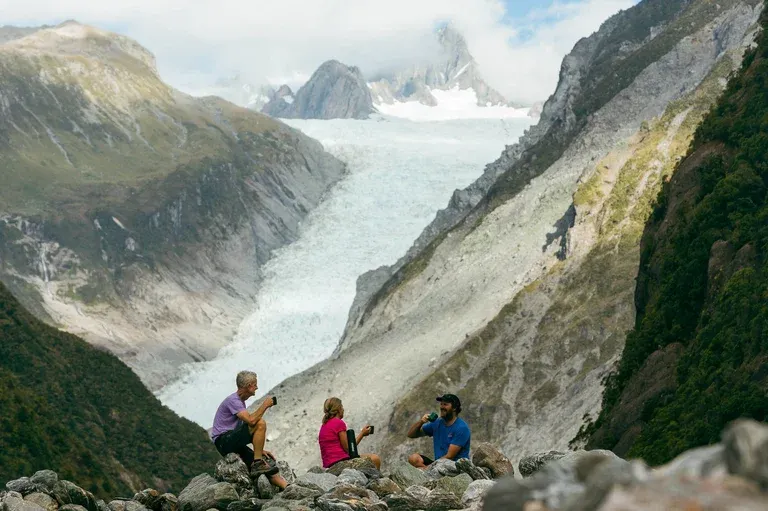New Zealand is renowned for its breathtaking natural scenery from lush green mountains and crystal-clear blue lakes to stunning, exotic rivers. Yet among these natural wonders, one unique phenomenon stands out: the “Milk River,” named for its milky-white appearance that fascinates both travelers and scientists alike.
The Origin of the “Milk River” Name
The name “Milk River” isn’t based on myth or legend but on the river’s actual color, which closely resembles milk. This remarkable phenomenon can be observed in several rivers across New Zealand’s South Island, particularly those that originate from glaciers such as the Franz Josef Glacier and Fox Glacier.
ALSO SEE : Derinkuyu Underground City in Turkey
The glacial waters carry what’s known as “rock flour” fine particles created when glacial ice grinds against bedrock. When these microscopic particles mix with water, they scatter sunlight in a special way, creating the mesmerizing milky-white hue that gives the river its name.
A Rare and Beautiful Natural Phenomenon
Despite its unusual color, the milk river is completely harmless. The presence of rock flour only makes the water appear cloudy, but it is not toxic. In fact, this unique phenomenon has become a major attraction for tourists and photographers seeking to capture its rare and ethereal beauty.
Some of the best-known locations with milky-white glacial rivers include:
- Waiho River near Franz Josef Glacier
- Fox River around Fox Glacier
- Several tributaries flowing from glaciers in Aoraki / Mount Cook National Park
When sunlight hits the surface, the river glimmers with a silvery-white sheen, creating a truly enchanting view.
The Geological Process Behind the Beauty
The “milky” color of these rivers is the result of thousands of years of glacial activity. As glaciers slowly move down mountain valleys, they grind the underlying rocks into microscopic particles. These fine sediments are then carried by meltwater and flow into nearby rivers.
When sunlight interacts with the suspended rock flour, shorter wavelengths of light particularly blue and green are scattered. This scattering effect gives the water its soft, milky-blue or whitish appearance, as if nature itself were pouring liquid light from the mountains.
A Paradise for Tourists and Photographers
New Zealand’s milk-colored rivers have become a magnet for nature lovers and photographers. Many visitors come to admire the stunning contrast between the white water, green forests, and clear blue skies.
Several areas around these rivers also offer hiking trails, glacier-viewing spots, and opportunities to witness geological wonders up close.
However, tourists are advised not to swim in these rivers due to the extremely cold water temperatures and strong currents. It’s safer and just as rewarding to enjoy the view from riverbanks or observation bridges.
ALSO SEE : Deadly Floods and Landslides in Mexico: 64 Dead, Dozens Missing, Thousands of Homes Submerged
Conclusion
New Zealand’s Milk Rivers are living proof of how nature can create astonishing beauty through simple geological processes. The milky-white water flowing amidst green valleys and icy peaks makes this one of the most extraordinary natural phenomena on Earth.
If you ever visit New Zealand, don’t miss the chance to witness this wonder in person. The Milk River is not only visually captivating but also a powerful reminder of nature’s elegance and strength.
